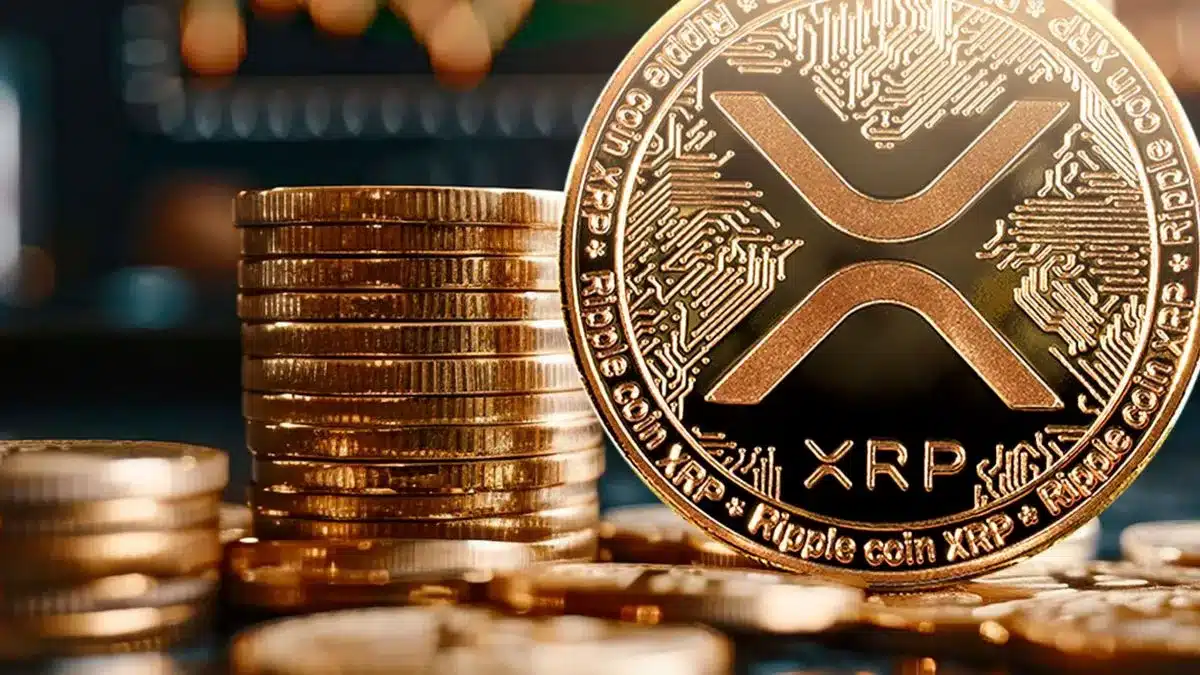An expert within the XRP community, XRP Investing, has revealed why major banks are delaying the adoption of Ripple’s XRP technology despite its potential to improve global transactions. According to him, the hesitation is rooted in profit protection rather than uncertainty or fear.
Banks currently use SWIFT and Nostro accounts to make massive profits from cross-border payments. These earnings are under threat due to XRP’s model, which does not require intermediaries.
This has resulted in calculated delays as institutions look for ways of retaining revenue as they adjust to new systems.
Instead of fully embracing XRP, some banks have developed their own platforms. JPMorgan, for example, built its blockchain, Quorum, rather than depend on Ripple’s infrastructure. This indicates that banks would rather be in control of their operations, even if this would involve redundant replication of similar solutions.
Also Read: XRP Positions at the Front of Dubai’s New Partnership With Crypto.com – Here’s How
Distraction Tactics and Regional Shifts in Adoption
The expert also noted several tactics used to divert attention from XRP’s growing potential. These include public promotion of stablecoins, SWIFT upgrades, and blockchain pilots that often lack clear follow-through.
While these may reflect progress, their limited execution suggests a strategy to slow XRP adoption.
At the same time, Asian banks, especially Japan, have followed a different course. Several regional institutions have already incorporated Ripple’s technology into their payment algorithms. This marks a change that sees open innovation regions take the lead while others are stuck in legacy models.
Now that the SEC lawsuit against Ripple is finally over, regulatory clarity is improving, lowering the entry barriers for institutions. Nevertheless, banks remain cautious as they seek to find solutions for sustaining profits while adjusting to blockchain-based systems.
The XRP is a definite alternative to the traditional banking system, providing faster and cheaper cross-border payment services. Although the technology is ready, the adoption is slow as banks defend old profit models.
Sooner than they intended, global institutions might be pressed into action by developing regional actors and clarifying regulations.
Also Read: New Bullish Date Announced For XRP Holders – Here’s What’s Coming

